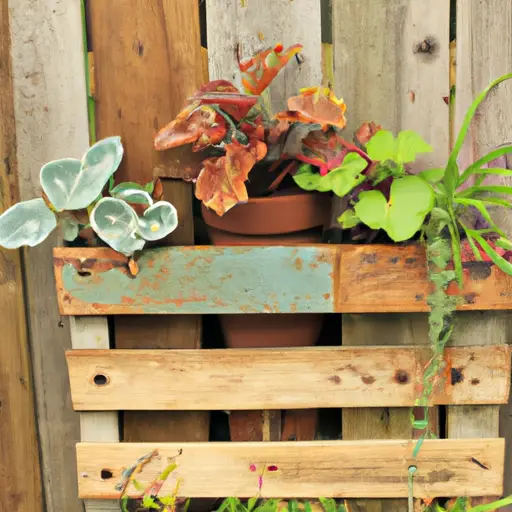Container Gardening Made Easy: Tips and Tricks for Success
Category: Container Gardening Basics
Container gardening has become increasingly popular among gardening enthusiasts, as it offers a convenient and flexible way to cultivate plants in limited spaces. Whether you have a small patio, balcony, or even just a windowsill, container gardening allows you to enjoy the beauty of plants and grow your own fresh produce. With a few simple tips and tricks, you can transform any space into a thriving garden oasis.
First and foremost, choosing the right container is essential for successful container gardening. Consider the size of your plant and its root system when selecting a container. Ensure that it has adequate drainage holes to prevent waterlogging, which can be detrimental to plant health. Furthermore, using lightweight containers made from materials such as plastic or fiberglass can make moving them easier.
To provide optimal growing conditions for your plants, it is important to choose suitable potting soil. Container plants require well-draining soil that retains moisture while allowing excess water to escape easily. A high-quality potting mix specifically designed for containers is an excellent choice as it provides the necessary nutrients and moisture retention capacity.
Once you have chosen the container and prepared the right soil blend, selecting appropriate plants is the next crucial step. Consider the amount of sunlight your chosen location receives throughout the day. This knowledge will help determine whether you should opt for sun-loving plants like petunias or shade-tolerant ones such as ferns or impatiens.
Regular watering is vital in container gardening due to their limited soil volume, which tends to dry out more quickly than garden beds. Check the moisture level of your containers periodically by inserting your finger into the soil up to your knuckle; if it feels dry at that depth, it’s time to water. However, be cautious not to overwater as excessive moisture may lead to root rot.
Fertilizing your container plants is equally important for healthy growth. As the nutrients in potting soil can deplete over time, it is essential to supplement them with regular feedings. Choose a balanced, slow-release fertilizer or opt for organic alternatives such as compost or worm castings. Follow the instructions provided on the fertilizer packaging and apply it at recommended intervals for optimum results.
Container gardening also provides an opportunity for creativity and style. By selecting containers that complement your personal taste and garden theme, you can enhance the overall aesthetic appeal of your space. Consider using a variety of container styles, such as hanging baskets, window boxes, or decorative pots to add visual interest.
As with any form of gardening, container gardening comes with its fair share of challenges. Pests and diseases can still affect your plants even when grown in containers. Regularly inspect your plants for any signs of infestation or disease and take appropriate measures promptly. Insecticidal soaps, organic pest control methods, or companion planting techniques can help keep unwanted visitors at bay.
Lastly, remember that container gardening is not limited to outdoor spaces only. Many houseplants thrive in containers indoors and can be an excellent addition to your home decor. Spider plants, peace lilies, and pothos are commonly preferred choices due to their air-purifying qualities and low maintenance requirements.
In conclusion, container gardening offers a versatile and enjoyable way to cultivate plants regardless of space limitations. By following these simple tips and tricks regarding container selection, soil preparation, plant choice, watering, feeding, pest control measures, creativity in design choices along with considering indoor options – you’ll be well on your way to achieving a successful container garden that brings beauty and joy into your life all year round.














